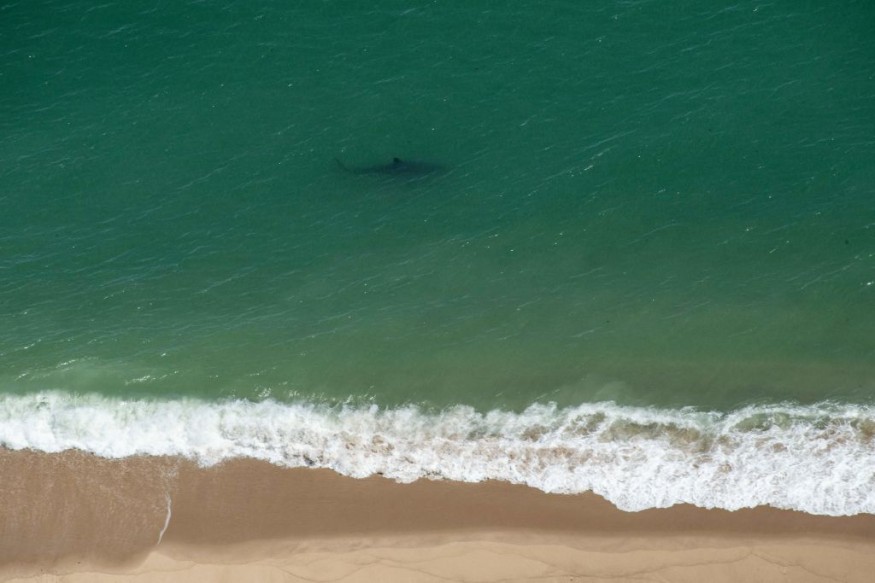
According to recent research, juvenile great white sharks may swim beside people, sharing the space and without necessarily harming them.
Many rankings of "the most dangerous sharks" to humans place great white sharks at the top. This is because they have had the most unprovoked shark attacks on people.
Behavior of Juvenile Great White Sharks
A recent study from the California State University Long Beach Shark Lab, however, shows another aspect concerning juvenile great whites.
Over the course of slightly over two years, the researchers used drones to monitor shark activity in the seas off 26 southern California beaches.
They conducted a total of 1,644 airborne drone scans and discovered that although juvenile great white sharks often approached human paddleboarders, surfers, and swimmers over the course of the research, they never once attacked.
According to Christopher Lowe, one of the study's authors and the director of the CSULB Shark Lab, they were astounded to witness sharks engage with people daily and often, as reported by the Boston Herald.
Sharing Swimming Space with Humans
The shallow water around the beaches is really the young white sharks' native home, according to Yannis Papastamatiou, an expert on shark behavior and Florida International University assistant professor. It just so happens that this is also where people swim, which is why it looks like juvenile sharks enjoy swimming with people.
They presumably prefer to reside in shallow waters because there is a plentiful supply of food there and because these settings offer safety from predators or competition from larger great white sharks. The open ocean or deep sea is where the big sharks are most often found.
Additionally, young great whites prefer warmer seas, which once more may coincide with areas where beachgoers are drawn.
According to Catherine Macdonald, a marine conservation scientist and the head of the University of Miami Shark Research and Conservation Program, juvenile sharks are accessing the same areas as recreational human water users.
Also Read : Florida Divers Find Ancient Megalodon Tooth Riddled with Gashes Consistent with Bite Marks
Risks of Juvenile Shark Attack
Despite their reputation for attacking people, great white shark attacks on humans are rare. 52 deaths and 326 unprovoked attacks have been reported throughout history, according to the World Animal Foundation.
It is incredibly unlikely to get bitten by a great white shark-or any other shark, for that matter, instead, it is more likely for a lightning strike to kill a person.
According to the study, mistaken identity really accounts for the majority of these occurrences in California. When biting on a surfboard or a human, the shark believes it to be a seal.
A shark may be seen biting into a human virtually every time, according to Patrick Rex, a research author and CSULB Shark Lab field technician. When the sharks discover that the human they bit is not a seal, they release the victim.
Rex said that mature great white sharks that are at least 21 feet long are the ones most frequently involved in attacks since they prey on seals and sea lions that might resemble the shape and size of humans.
On the other hand, because they are only half as big as adult sharks, juvenile sharks stay away from bigger creatures like people.
Stingrays, tiny fish, and fish from the ocean floor, such as halibut, are all parts of their diet.
Although extremely low, the probability of being bitten by a young great white shark is still not zero, Insider reports.
The study by Rex, along with several other colleagues, was recently published in the journal PLOS One.
© 2025 NatureWorldNews.com All rights reserved. Do not reproduce without permission.





